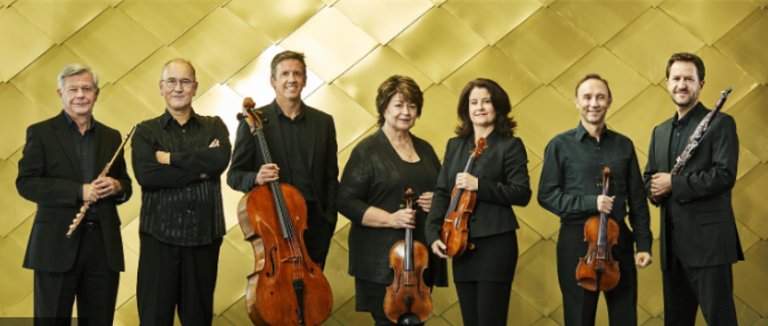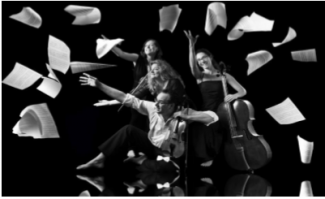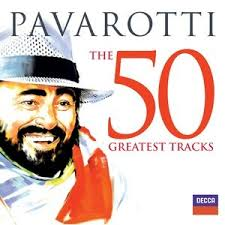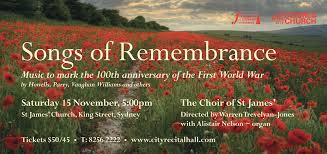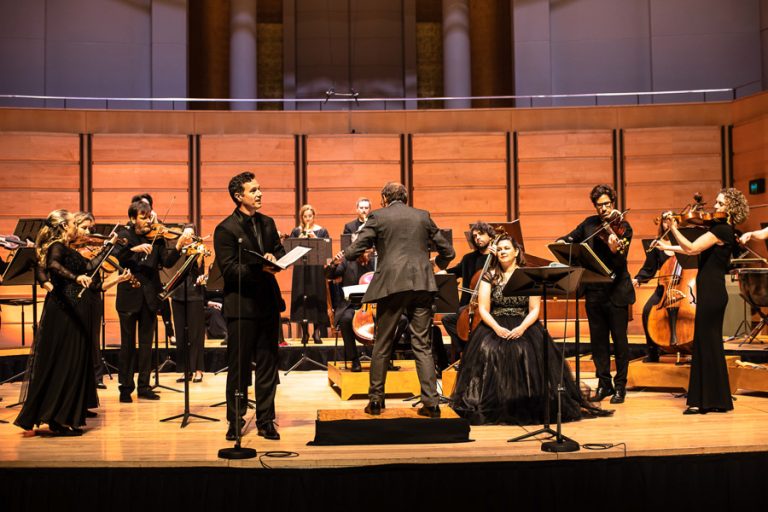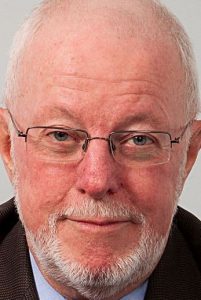Album Review: Living/ Paul Cutlan String Project
Living/ Paul Cutlan String Project/ Earshift Music
The Paul Cutlan String Project’s second album Living is an eclectic and entertaining collection of mostly original pieces expertly played. Released on the Earshift label, the 6 tracks on the album make up just over 60 mts of music with the final piece in five continuous movements. Comprising Paul Cutlan (clarinet, bass clarinet/soprano saxophone), Liisa Pallandi (violin), Caroline Hopson (violin), James Eccles (viola), Oliver Miller (cello), Brett Hirst (bass), Gary Daley (piano) and Tunji Beier (cajon, kanjira, konnakol)) the ensemble “traces a narrative which traverses human life and its myriad experiences” in pieces by Cutlan, Daley, Jann Rutherford, John Coltrane and Jenna Cave.
The opening track also titled Living, is written by Cutlan himself. It is a pulsating multi-metric piece introduced by Tunji Beier on the cajón, a box-shaped percussion instrument which originated in Peru, played by striking the faces of the box with the hands or implements like brushes, mallets, or sticks. Cutlan writes that the inspiration for this piece came to him whilst on a train ride. Indeed, it conjures up the feeling of the rhythms and cross-rhythms of a train clattering along the tracks. The bass clarinet and strings provide melody and texture while the pizzicato double-bass anchors a walking rhythm.
Jenna Cave’s Sleep in my Arms is an account of her experiences as a new mother rocking her infant to sleep. It incorporates the sounds of soothing the baby, along with a hypnotic melody improvised by Cutlan on the clarinet. The melody is intended to create “a magical feeling of bliss.” One by one the instruments join in, swelling the narrative, then fading to nothing as sleep descends with a final notated lullaby sung by the violin.
If espresso is your morning heart-starter then Thanks for the Espresso will truly counteract and calm with its delicate riffs. Cutlan has arranged this piece by the late New Zealand composer Jann Rutherford, as a tribute to her. The soprano saxophone is the star, but gives way to the other instruments in the middle section. A rolling 5-figure piano accompaniment underpins the saxophone until the strings provide a bridge to punctuated rhythms with a plucked double-bass as the piano takes over the improvisation.
The railway metaphor returns in Gary Daley’s Middle of the Moment. Bookended by recordings made at the Venice railway station, a motoric ostinato bass propels the piece forward, fading to silky lines on the piano which alternate with knots of cluster chords. Daley calls on the experience of suspending the brain’s “ceaseless wandering and bringing our focus down to the moment.” The closing bars are distinctive for the recitation of Konnakol by Tunji Beier, evoking the dance rhythms of South India.
John Coltrane’s After the Rain is an iridescent perfection of bass clarinet and cello in combination. The piano sparkles as if through breaks in the rain showers; tremolo strings and harmonics gather to create a magical soundscape in this freely metred gem.
Paul Cutlan’s The Eleventh Hour occupies most of the album and is a dramatic contrast in mood and aesthetic. Written in 5 movements – Prelude, Portent, Intransigence, Conflict and Desolation, it is more confronting than the previous pieces and commemorates the centenary of the end of the First World War in the form of Cutlan’s response to the human propensity to war and destruction. It is an expressive use of the instruments and differentiates amongst the various effects they can create. The bass clarinet is unusually used in a sombre fanfare; the strings create a chorale with the double bass spiking through; Intransigence sits uneasily with jagged strings, tremolo and unresolved discords. Conflict stabs and bursts with numerous percussive effects. Haunting strains of The Last Post and Silent Night (symbolising the Christmas truce of 1914) emerge through the texture.
Cutlan recounts that this album was devised between the time of Australia’s devastating bushfires in January 2020, and the COVID-19 pandemic the following March. He adds “The repertoire on this album serves as an antidote to the shock and trauma of this time as well as an affirmation of continuing existence of life.” The album was recorded over two days during the week before lockdown.
The CD booklet, illuminates with its insights and musician biographies. With its empathetic ensemble work and individual virtuosity, sit back and relax to the cool jazz that Living offers; or be challenged with its more confronting and cathartic pieces. Either way, Living will take you deep into the folds of another world.
Shamistha de Soysa for SoundsLikeSydney©


